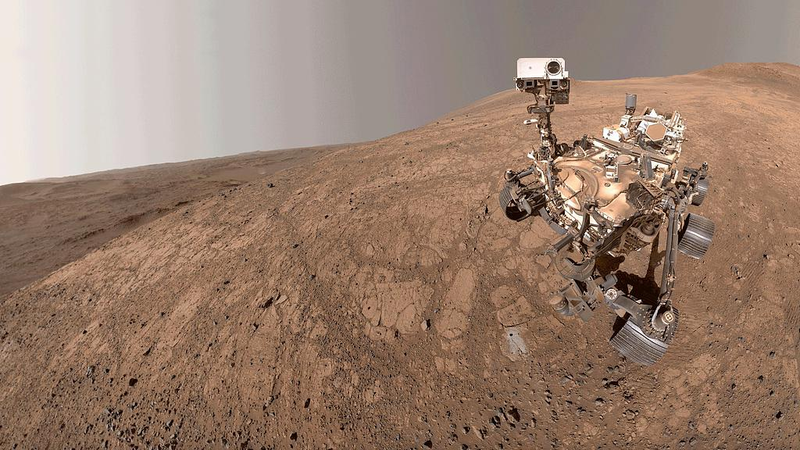Data from NASA’s InSight lander reveals that Mars’s mantle is far from smooth. Rocky fragments from colossal impacts 4.5 billion years ago now lie scattered in giant lumps up to four kilometers across, deep beneath the surface.
When massive asteroids slammed into early Mars, they unleashed enough energy to melt continent-sized swaths of crust and mantle. The result? Vast magma oceans that injected both impactor fragments and Martian debris into the planet’s interior.
By 2022, InSight had recorded 1,319 marsquakes, giving researchers an unprecedented seismological window into the Red Planet. According to a study in Science led by Constantinos Charalambous of Imperial College London, these “lumps” are remnants of ancient collisions that survived billions of years of sluggish mantle evolution.
“We’ve never seen the inside of a planet in such fine detail and clarity before,” says Charalambous. “Their survival to this day tells us Mars’s mantle slowed down its churning long ago. On Earth, similar features may have been erased by faster tectonic activity.”
This discovery rewrites our understanding of Mars’s geological history and offers a fresh perspective on how rocky planets evolve. For young scientists, space enthusiasts, and global citizens alike, the Red Planet remains a dynamic laboratory—one where every quake helps piece together the story of our cosmic neighborhood.
Reference(s):
cgtn.com




